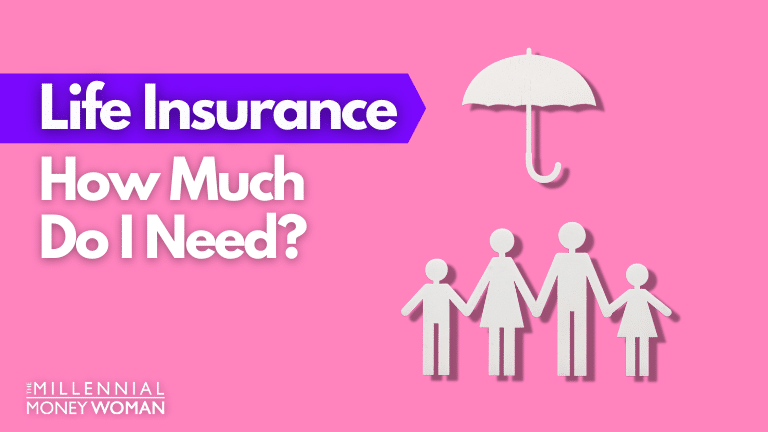But know that short-term health insurance coverage may have limits that regular medical insurance does not have, such as caps on annual advantages paid. Medicare is a federal health insurance program for Americans above the age of 65. It provides complimentary or heavily cost-reduced healthcare to eligible enrollees. There are four parts to Medicare that cover different health care services:Part A for inpatient (medical facility) care, for which many people pay no premiums Part B, for outpatient care, like doctor's office gos to. In 2021, Part B has a month-to-month premium of $148. 50.Part C, which is also called Medicare Benefit, and permits you to purchase into private health insurance.Part D, for prescription drug protection. gov or your state exchange.
Medicaid is a federal and state health insurance coverage program for low-income families and people. Medicaid has eligibility requirements that are set on a state-by-state basis, but it is primarily created for those with low earnings and low liquid properties. It is likewise created to assist households and caretakers of little kids in requirement. You can usually check if you qualify for Medicaid through healthcare. gov or your state exchange. The Children's Health Insurance coverage Program( CHIP) is a federal and state program that resembles Medicaid, but particularly developed to cover children listed below the age of 18. Like Medicaid, you can normally see if you qualify and apply on Health care.
gov or your state's exchange. All personal health insurance coverage strategies, whether they're on-exchange or off-exchange, work by partnering with networks of healthcare service providers. However the manner in which these strategies work with the networks can vary significantly, and you want to make sure you comprehend the differences in between these plans.HMO plans are the most restrictive type of plan when it comes to accessing your network of companies.If you have an HMO strategy, you'll be asked to choose a medical care physician( PCP) that is in-network. All of your care will be collaborated by your PCP, and you'll require a recommendation from your PCP to see a professional. HMO plans normally have less expensive premiums than other types of private health insurance coverage plans.PPO plans are http://johnnywshh902.fotosdefrases.com/h1-style-clear-both-id-content-section-0-the-main-principles-of-how-to-become-an-insurance-agent-h1 the least restrictive kind ofstrategy when it concerns accessing your network of providers and getting care from outside the strategy'snetwork. Generally, you have the option in between picking between an in-network medical professional, who can you see at a lower cost, or an out-of-network physician at a higher expense. You do not need a referral to see an expert, though you may still choose a primary care doctor( some states, like California, may require that you have a primary care doctor). PPO plans normally have more expensive premiums than other types of private medical insurance plans.EPO prepares are a mix in between HMO plans and PPO strategies. Nevertheless, EPO strategies do not cover out-of-network physicians. EPO strategies generally have more pricey premiums than HMOs, but cheaper premiums than PPOs.POS plans are another hybrid of HMO and PPO plans.
You'll have a primary care provider on an HMO-style network that can coordinate your care. You'll likewise have access to a PPO-style network with out-of-network choices( albeit at a greater cost). The HMO network will be more affordable, and you will need to get a referral to see HMO experts. POS strategies typically have more expensive premiums than pure HMOs, however more economical premiums than PPOs. Discover more about the differences in between HMOs, PPOs, EPOs, and POS strategies. Some individuals get confused because they think metal tiers explain the quality of the strategy or the quality of the service they'll get, which isn't true. Here's how health insurance prepares roughly divided the expenses, organized by metal tier: Bronze 40% consumer/ 60%.

insurance company, Silver 30 %customer/ 70% insurer, Gold 20 %consumer/ 80 %insurance company, Platinum 10 %consumer/ 90 %insurance company, These are top-level numbers across the totality of the plan, taking into account the deductible, coinsurance, and copayments, as determined by the specific structure of the strategy, based upon the expected average usage of the strategy. These percentages do not take premiums into account - How much is car insurance. In basic, Bronze plans have the most affordable monthly premiums and Platinum have the greatest, with Silver and Gold inhabiting the price points in between. As you can see from the cost-sharing split above, Bronze strategy premiums are cheaper since the consumer pays more out of pocket for healthcare services.

If you often make use of healthcare services, you'll most likely end up paying more out-of-pocket if you select a Bronze plan, although it has a lower premium. If you certify, you can use a health insurance coverage premium subsidy to assist you pay for a strategy in a higher tier, ultimately saving you cash. Catastrophic prepares have really high deductibles often, the deductible is the very same as the out-of-pocket max which means they're actually only useful for avoiding a mishap or major illness from triggering you to go into extreme financial obligation. Catastrophic strategies are just offered for individuals under 30 or individuals with a hardship exemption. You can not utilize a subsidy on devastating plan premiums, however, for many years throughout which the health insurance mandate was active, catastrophic strategies did count as certifying healthcare. When you buy a health insurance coverage plan, it is very important to understand what the crucial features are that decide just how much you're in fact going to spend for healthcare. Monthly, you pay a premium to a medical insurance business in order to access a health insurance coverage strategy. As we'll enter into in a second, while your regular monthly premium might be just how much you spend for health insurance coverage, it's not equivalent to how much you pay on healthcare services. In truth, choosing a strategy with lower premiums will likely mean that you'll pay more out-of-pocket if you need to see a physician. A deductible is just how much you need to pay for health care services out-of-pocket before your medical insurance begins. In the majority of strategies, as soon as you pay your deductible, you'll still require to pay copays and coinsurance up until you struck the out-of-pocket max, after which the strategy pays for 100 %of services. Keep in mind that the deductible and out-of-pocket maximum explain 2 various concepts: the deductible is how much you'll spend for a covered treatment prior to your insurance starts to pay, and the out-of-pocket optimum is the total quantity you'll pay for care including the deductible. A copayment, often reduced to just" copay," is a fixed amount that you pay for a specific service or prescription medication. Copayments are among the manner ins which health insurance companies will divide costs with you after you strike your deductible. In addition to that, you may have copayments on particular services what happens if you stop paying timeshare maintenance fees prior to you strike your timeshare maintenance fees deductible. For instance, numerous medical insurance strategies will have copayments for doctor's visits and prescription drugs prior to you hit your deductible.